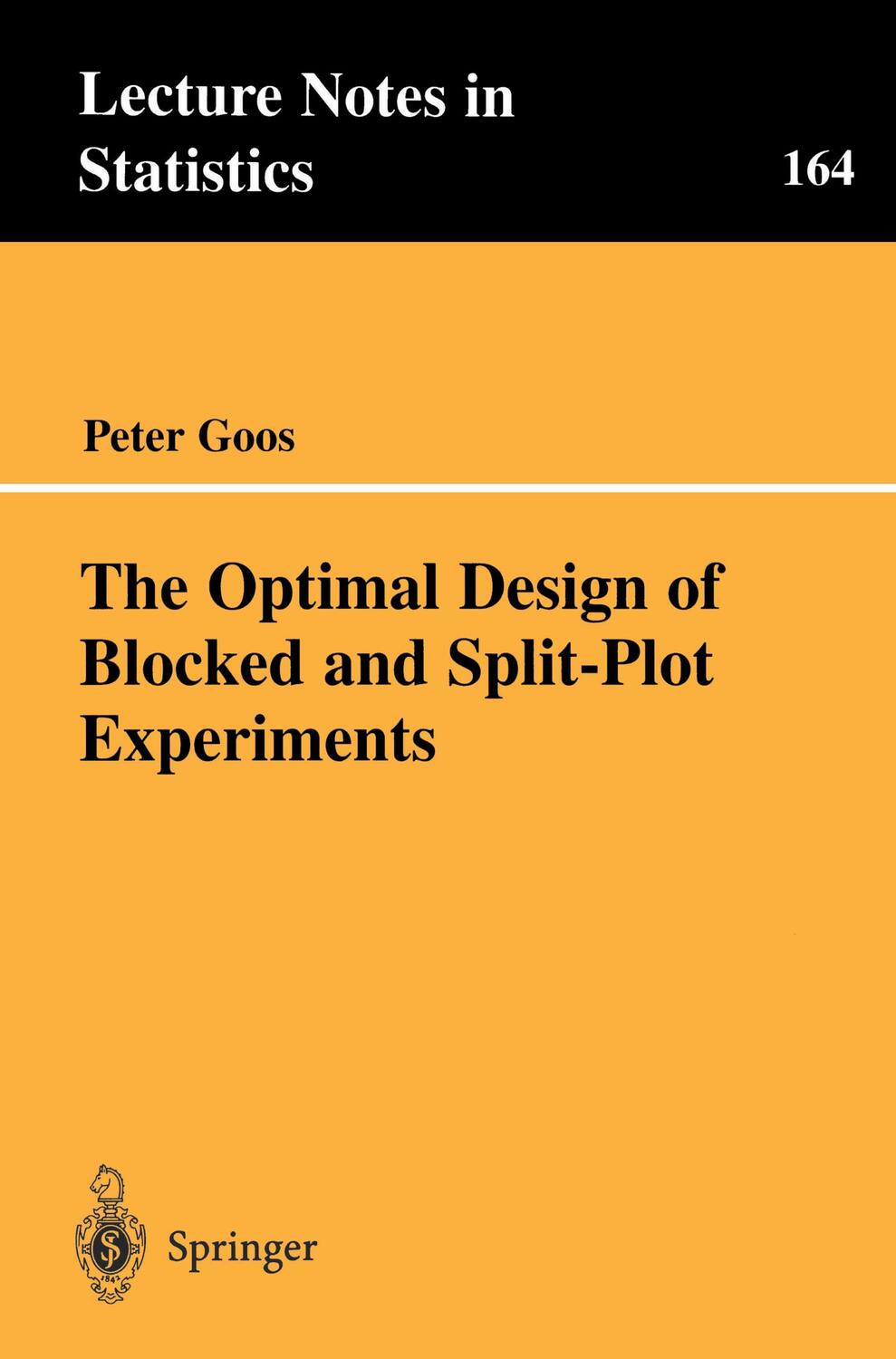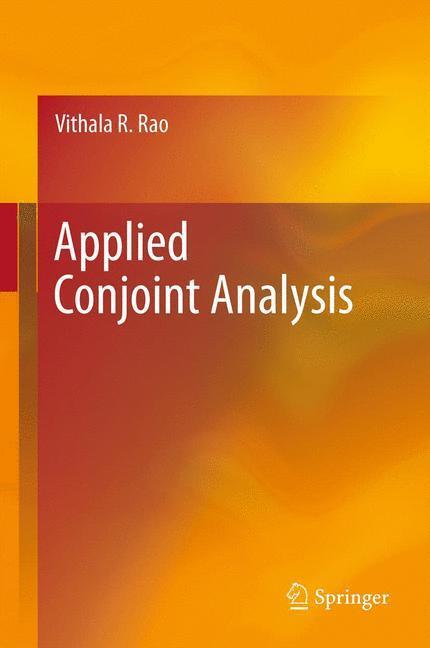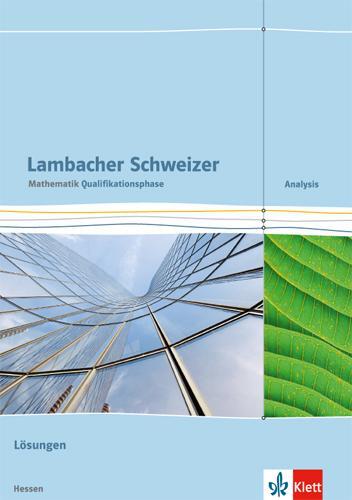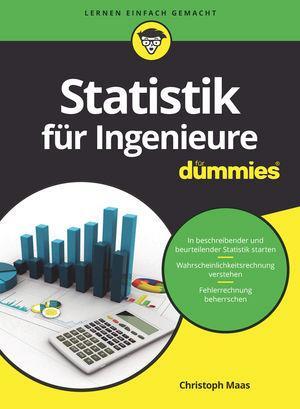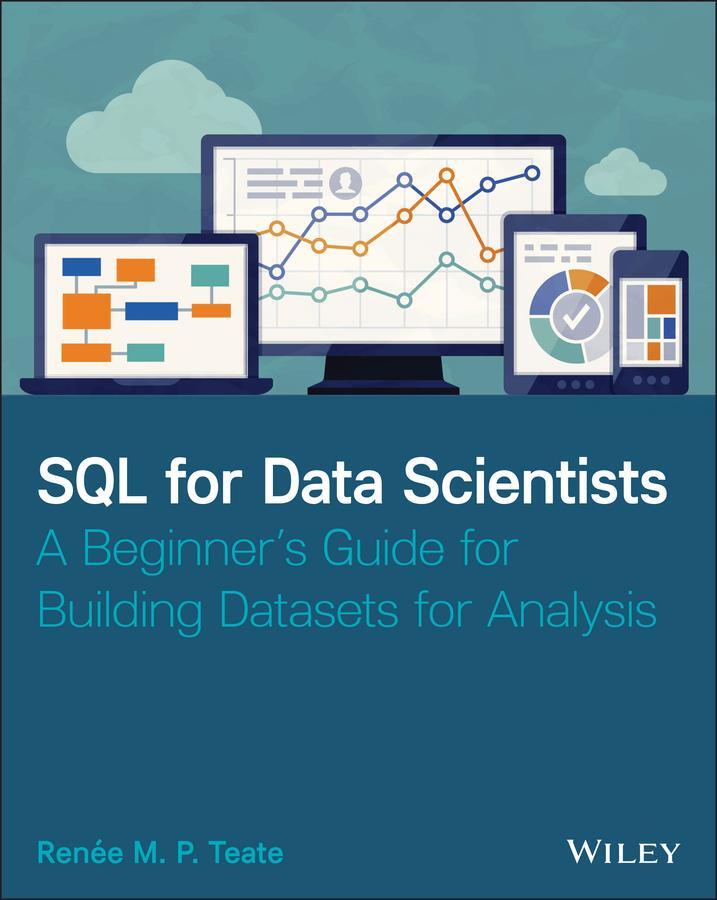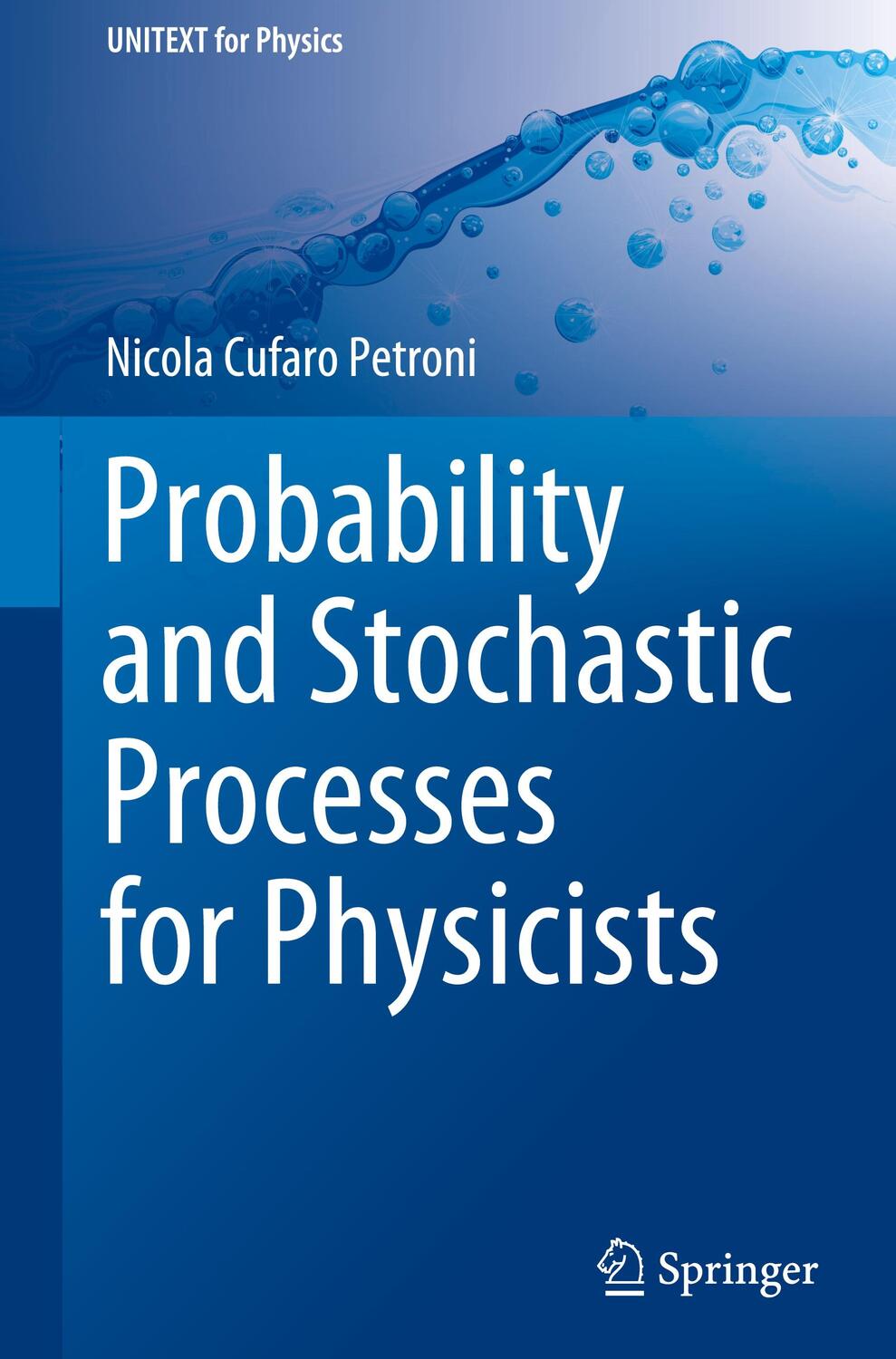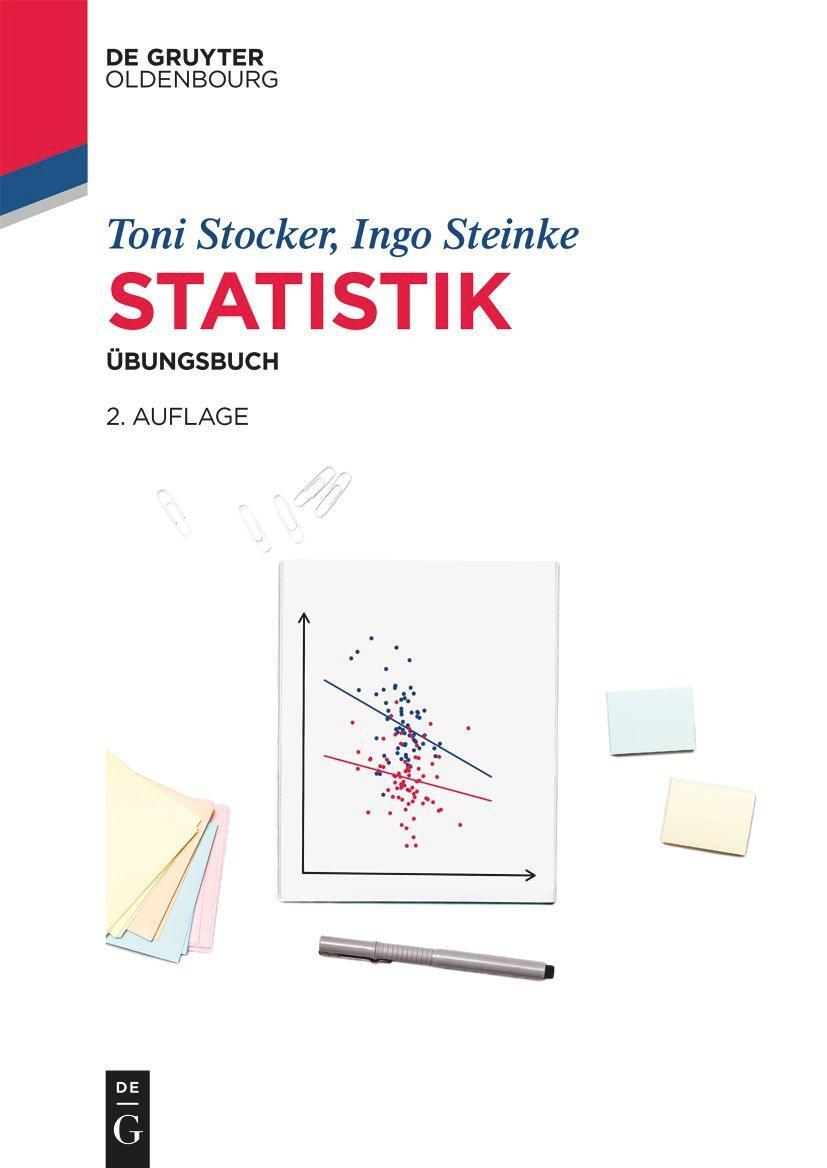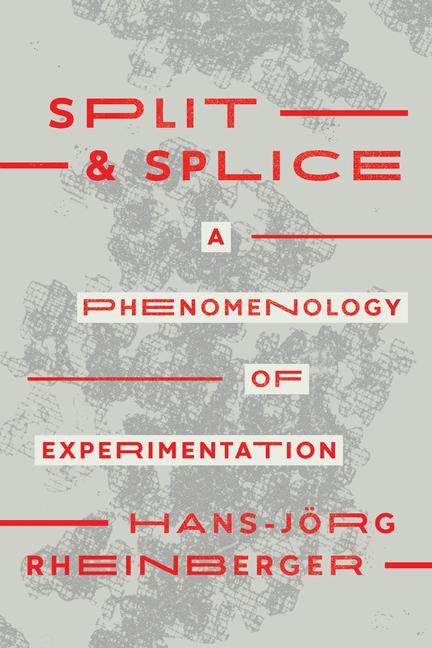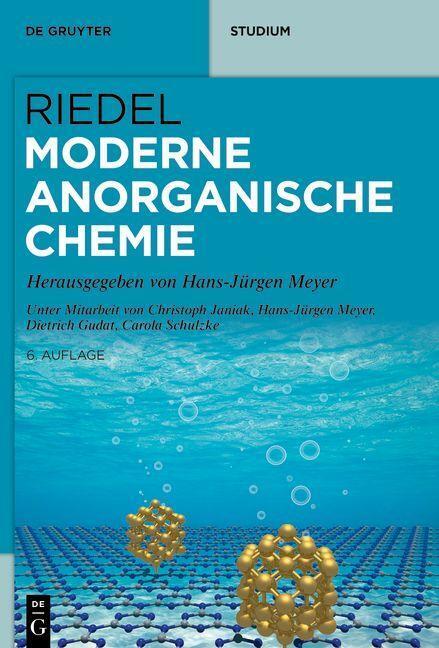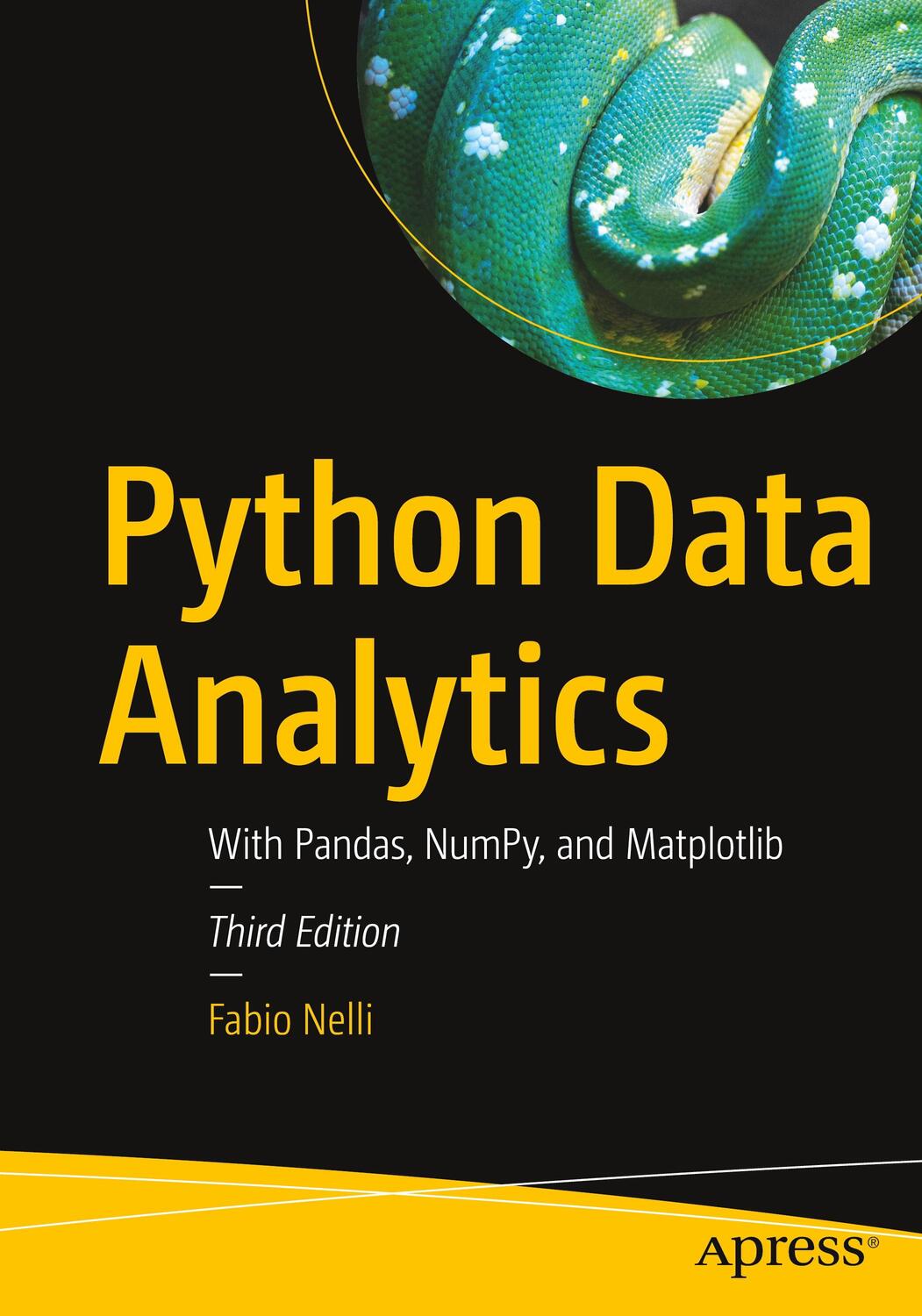Dekorationsartikel gehören nicht zum Leistungsumfang.
Sprache:
Englisch
103,95 €*
Versandkostenfrei per Post / DHL
Lieferzeit 1-2 Wochen
Kategorien:
Beschreibung
Quality has become an important source of competitive advantage for the modern company. Therefore, quality control has become one of its key ac tivities. Since the control of existing products and processes only allows moderate quality improvements, the optimal design of new products and processes has become extremely important. This is because the flexibility, which characterizes the design stage, allows the quality to be built in prod ucts and processes. In this way, substantial quality improvements can be achieved. An indispensable technique in the design stage of a product or a process is the statistically designed experiment for investigating the effect of sev eral factors on a quality characteristic. A number of standard experimental designs like, for instance, the factorial designs and the central compos ite designs have been proposed. Although these designs possess excellent properties, they can seldom be used in practice. One reason is that using standard designs requires a large number of observations and can therefore be expensive or time-consuming. Moreover, standard experimental designs cannot be used when both quantitative and qualitative factors are to be in vestigated or when the factor levels are subject to one or more constraints.
Quality has become an important source of competitive advantage for the modern company. Therefore, quality control has become one of its key ac tivities. Since the control of existing products and processes only allows moderate quality improvements, the optimal design of new products and processes has become extremely important. This is because the flexibility, which characterizes the design stage, allows the quality to be built in prod ucts and processes. In this way, substantial quality improvements can be achieved. An indispensable technique in the design stage of a product or a process is the statistically designed experiment for investigating the effect of sev eral factors on a quality characteristic. A number of standard experimental designs like, for instance, the factorial designs and the central compos ite designs have been proposed. Although these designs possess excellent properties, they can seldom be used in practice. One reason is that using standard designs requires a large number of observations and can therefore be expensive or time-consuming. Moreover, standard experimental designs cannot be used when both quantitative and qualitative factors are to be in vestigated or when the factor levels are subject to one or more constraints.
Zusammenfassung
This book contains interesting new results, both theoretical and computational.
Inhaltsverzeichnis
1 Introduction.- 1.1 A practical design problem.- 1.2 Analysis of experiments.- 1.3 Design of experiments.- 1.4 Optimal designs.- 1.5 Standard response surface designs.- 1.6 Categorical designs.- 1.7 The D-optimality criterion.- 1.8 Updating the information matrix, its inverse and its determinant.- 1.9 Constructing discrete D-optimal designs.- 2 Advanced Topics in Optimal Design.- 2.1 Heterogeneous variance.- 2.2 Correlated observations.- 2.3 Blocking experiments.- 3 Compound Symmetric Error Structure.- 3.1 Restricted randomization.- 3.2 Model.- 3.3 Analysis.- 3.4 Information matrix.- 3.5 Equivalence of OLS and GLS.- 3.6 Small sample properties of the design criterion.- 4 Optimal Designs in the Presence of Random Block Effects.- 4.1 Introduction.- 4.2 The random block effects model.- 4.3 Optimal designs that do not depend on ?.- 4.4 Optimal designs when ? ? + ?.- 4.5 The general case.- 4.6 Computational results.- 4.7 Pastry dough mixing experiment..- 4.8 More than three factor levels.- 4.9 Efficiency of blocking.- 4.10 Optimal number of blocks and block sizes.- 4.11 Optimality of orthogonal blocking.- Appendix A. Design construction algorithm.- Appendix B. Adjustment algorithm.- 5 Optimal Designs for Quadratic Regression on One Variable and Blocks of Size Two.- 5.1 Introduction.- 5.2 Optometry experiment.- 5.3 Model.- 5.4 Continuous D-optimal designs.- 5.5 Exact D-optimal designs.- 5.6 Discussion.- 6 Constrained Split-Plot Designs.- 6.1 Introduction.- 6.2 Model.- 6.3 Analysis of a split-plot experiment.- 6.4 Design of a split-plot experiment.- 6.5 Some theoretical results.- 6.6 Design construction algorithm.- 6.7 Computational results.- 6.8 The protein extraction experiment.- 6.9 Algorithm evaluation.- 6.10 Cost efficiency and statistical efficiency.- Appendix A.Optimality of crossed split-plot designs.- Appendix B. V-optimality of 2m and 2m-f designs.- Appendix C. The construction algorithm.- Appendix D. Estimated expected efficiency.- 7 Optimal Split-Plot Designs in the Presence of Hard-to-Change Factors.- 7.1 Introduction.- 7.2 Model.- 7.3 Design construction algorithm.- 7.4 Computational results.- Appendix A. The construction algorithm.- Appendix B. Saturated designs with correlated observations.- 8 Optimal Split-Plot Designs.- 8.1 Introduction.- 8.2 Increasing the number of level changes.- 8.3 Design construction.- 8.4 Computational results.- 8.5 Discussion.- Appendix. The construction algorithm.- 9 Two-Level Factorial and Fractional Factorial Designs.- 9.1 Introduction.- 9.2 Blocking 2m and 2m-f factorial designs.- 9.3 2m and 2m-f split-plot designs.- 9.4 Discussion.- 10 Summary and Future Research.
Details
| Erscheinungsjahr: | 2002 |
|---|---|
| Fachbereich: | Wahrscheinlichkeitstheorie |
| Genre: | Mathematik |
| Rubrik: | Naturwissenschaften & Technik |
| Medium: | Taschenbuch |
| Seiten: | 264 |
| Reihe: | Lecture Notes in Statistics |
| Inhalt: |
xiii
264 S. 1 Foto |
| ISBN-13: | 9780387955155 |
| ISBN-10: | 0387955151 |
| Sprache: | Englisch |
| Ausstattung / Beilage: | Paperback |
| Einband: | Kartoniert / Broschiert |
| Autor: | Goos, Peter |
| Auflage: | 2002 |
| Hersteller: |
Springer New York
Springer US, New York, N.Y. Lecture Notes in Statistics |
| Maße: | 235 x 155 x 15 mm |
| Von/Mit: | Peter Goos |
| Erscheinungsdatum: | 10.07.2002 |
| Gewicht: | 0,406 kg |
Zusammenfassung
This book contains interesting new results, both theoretical and computational.
Inhaltsverzeichnis
1 Introduction.- 1.1 A practical design problem.- 1.2 Analysis of experiments.- 1.3 Design of experiments.- 1.4 Optimal designs.- 1.5 Standard response surface designs.- 1.6 Categorical designs.- 1.7 The D-optimality criterion.- 1.8 Updating the information matrix, its inverse and its determinant.- 1.9 Constructing discrete D-optimal designs.- 2 Advanced Topics in Optimal Design.- 2.1 Heterogeneous variance.- 2.2 Correlated observations.- 2.3 Blocking experiments.- 3 Compound Symmetric Error Structure.- 3.1 Restricted randomization.- 3.2 Model.- 3.3 Analysis.- 3.4 Information matrix.- 3.5 Equivalence of OLS and GLS.- 3.6 Small sample properties of the design criterion.- 4 Optimal Designs in the Presence of Random Block Effects.- 4.1 Introduction.- 4.2 The random block effects model.- 4.3 Optimal designs that do not depend on ?.- 4.4 Optimal designs when ? ? + ?.- 4.5 The general case.- 4.6 Computational results.- 4.7 Pastry dough mixing experiment..- 4.8 More than three factor levels.- 4.9 Efficiency of blocking.- 4.10 Optimal number of blocks and block sizes.- 4.11 Optimality of orthogonal blocking.- Appendix A. Design construction algorithm.- Appendix B. Adjustment algorithm.- 5 Optimal Designs for Quadratic Regression on One Variable and Blocks of Size Two.- 5.1 Introduction.- 5.2 Optometry experiment.- 5.3 Model.- 5.4 Continuous D-optimal designs.- 5.5 Exact D-optimal designs.- 5.6 Discussion.- 6 Constrained Split-Plot Designs.- 6.1 Introduction.- 6.2 Model.- 6.3 Analysis of a split-plot experiment.- 6.4 Design of a split-plot experiment.- 6.5 Some theoretical results.- 6.6 Design construction algorithm.- 6.7 Computational results.- 6.8 The protein extraction experiment.- 6.9 Algorithm evaluation.- 6.10 Cost efficiency and statistical efficiency.- Appendix A.Optimality of crossed split-plot designs.- Appendix B. V-optimality of 2m and 2m-f designs.- Appendix C. The construction algorithm.- Appendix D. Estimated expected efficiency.- 7 Optimal Split-Plot Designs in the Presence of Hard-to-Change Factors.- 7.1 Introduction.- 7.2 Model.- 7.3 Design construction algorithm.- 7.4 Computational results.- Appendix A. The construction algorithm.- Appendix B. Saturated designs with correlated observations.- 8 Optimal Split-Plot Designs.- 8.1 Introduction.- 8.2 Increasing the number of level changes.- 8.3 Design construction.- 8.4 Computational results.- 8.5 Discussion.- Appendix. The construction algorithm.- 9 Two-Level Factorial and Fractional Factorial Designs.- 9.1 Introduction.- 9.2 Blocking 2m and 2m-f factorial designs.- 9.3 2m and 2m-f split-plot designs.- 9.4 Discussion.- 10 Summary and Future Research.
Details
| Erscheinungsjahr: | 2002 |
|---|---|
| Fachbereich: | Wahrscheinlichkeitstheorie |
| Genre: | Mathematik |
| Rubrik: | Naturwissenschaften & Technik |
| Medium: | Taschenbuch |
| Seiten: | 264 |
| Reihe: | Lecture Notes in Statistics |
| Inhalt: |
xiii
264 S. 1 Foto |
| ISBN-13: | 9780387955155 |
| ISBN-10: | 0387955151 |
| Sprache: | Englisch |
| Ausstattung / Beilage: | Paperback |
| Einband: | Kartoniert / Broschiert |
| Autor: | Goos, Peter |
| Auflage: | 2002 |
| Hersteller: |
Springer New York
Springer US, New York, N.Y. Lecture Notes in Statistics |
| Maße: | 235 x 155 x 15 mm |
| Von/Mit: | Peter Goos |
| Erscheinungsdatum: | 10.07.2002 |
| Gewicht: | 0,406 kg |
Warnhinweis

